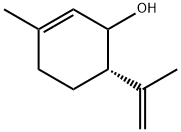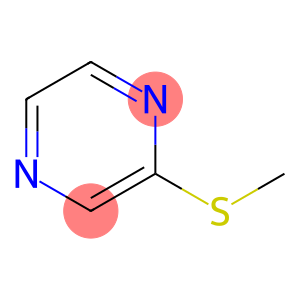Phenol(CAS#108-95-2)
| Risk Codes | R23/24/25 – Toxic by inhalation, in contact with skin and if swallowed. R34 – Causes burns R48/20/21/22 - R68 – Possible risk of irreversible effects R40 – Limited evidence of a carcinogenic effect R39/23/24/25 - R11 – Highly Flammable R36 – Irritating to the eyes R20/21/22 – Harmful by inhalation, in contact with skin and if swallowed. R24/25 - |
| Safety Description | S26 – In case of contact with eyes, rinse immediately with plenty of water and seek medical advice. S36/37/39 – Wear suitable protective clothing, gloves and eye/face protection. S45 – In case of accident or if you feel unwell, seek medical advice immediately (show the label whenever possible.) S36/37 – Wear suitable protective clothing and gloves. S28A - S28 – After contact with skin, wash immediately with plenty of soap-suds. S24/25 – Avoid contact with skin and eyes. S1/2 – Keep locked up and out of the reach of children. S36 – Wear suitable protective clothing. S16 – Keep away from sources of ignition. S7 – Keep container tightly closed. |
| UN IDs | UN 2821 6.1/PG 2 |
| WGK Germany | 2 |
| RTECS | SJ3325000 |
| FLUKA BRAND F CODES | 8-23 |
| TSCA | Yes |
| HS Code | 29071100 |
| Hazard Class | 6.1 |
| Packing Group | II |
| Toxicity | LD50 orally in rats: 530 mg/kg (Deichmann, Witherup) |
Introduction
Phenol, also known as hydroxybenzene, is an organic compound. The following is an introduction to the properties, uses, preparation methods and safety information of phenol:
Quality:
- Appearance: Colorless to white crystalline solid.
- Solubility: Soluble in water and most organic solvents.
- Odor: There is a special phenolic odor.
- Reactivity: Phenol is acid-base neutral and can undergo acid-base reactions, oxidation reactions, and substitution reactions with other substances.
Use:
- Chemical industry: Phenol is widely used in the synthesis of chemicals such as phenolic aldehyde and phenol ketone.
- Preservatives: Phenol can be used as a wood preservative, disinfectant, and fungicide.
- Rubber industry: can be used as a rubber additive to improve the viscosity of rubber.
Method:
- A common method for the preparation of phenol is through the oxidation of oxygen in the air. Phenol can also be prepared by the demethylation reaction of catechols.
Safety Information:
- Phenol has a certain toxicity and has an irritating effect on the skin, eyes and respiratory tract. Rinse with water immediately after exposure and seek medical attention promptly.
- Exposure to high concentrations of phenol can produce symptoms of poisoning, including dizziness, nausea, vomiting, etc. Long-term exposure can cause damage to the liver, kidneys, and central nervous system.
- During storage and use, appropriate safety measures such as wearing protective gloves, glasses, etc. are required. Operate in a well-ventilated area.








